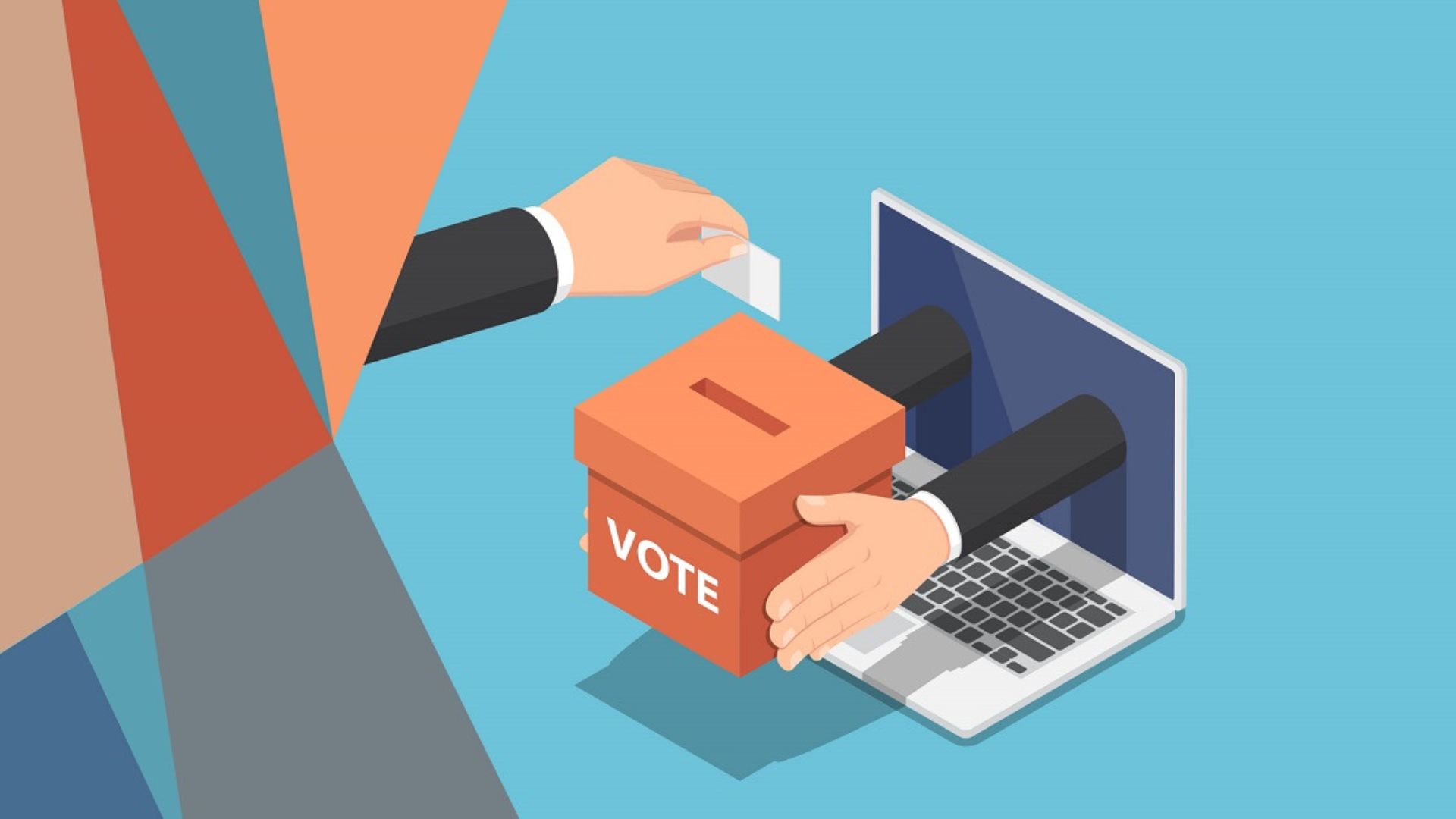Technology has revolutionized many aspects of life, and elections are no exception. From online voter registration to electronic voting machines, technology plays a critical role in modern elections. It has made the voting process more accessible, efficient, and transparent while also introducing new challenges related to cybersecurity and misinformation. This article explores the role of technology in modern elections, its benefits, and the potential risks it brings.

Enhancing Voter Registration and Accessibility
One of the most significant impacts of technology on modern elections is the improvement of the voter registration process. Online voter registration systems have made it easier for citizens to register, update their information, and check their voter status. In many countries, voters can now register from the comfort of their homes, reducing the barriers that once existed for people with limited access to physical registration centers.
Technology has also made voting more accessible to marginalized groups, such as people with disabilities or those living in remote areas. Tools like ballot marking devices and assistive technology ensure that people with physical challenges can vote independently and securely. Additionally, online information portals help voters find their polling stations, understand voting procedures, and access sample ballots, making the process more user-friendly and inclusive.
Streamlining the Voting Process
Electronic voting systems, including touchscreen voting machines and optical scan paper ballots, have streamlined the voting process. These systems reduce the time it takes to cast a vote and count the results, leading to faster reporting of election outcomes. In some countries, experiments with internet voting have made it possible for citizens to vote remotely, though these systems are still in their early stages and face significant security concerns.
Electronic poll books have also replaced traditional paper voter rolls in many places, allowing election officials to check voter eligibility in real-time and preventing duplicate voting. These systems speed up the check-in process at polling stations and reduce human error.
However, while electronic voting systems have improved efficiency, they also raise concerns about voter security, machine malfunctions, and technical glitches. Ensuring the reliability and security of these systems is crucial to maintaining public trust in the election process.
Voter Outreach and Mobilization
Technology has transformed how political campaigns engage and mobilize voters. Social media platforms like Twitter, Facebook, and Instagram, along with messaging apps like WhatsApp, have become powerful tools for candidates and political parties to reach voters directly. Campaigns now use data analytics to target specific voter groups with tailored messages, increasing the effectiveness of their outreach.
Additionally, mobile apps and websites help voters stay informed about upcoming elections, voting deadlines, and important policy issues. These platforms also enable campaigns to organize voter registration drives, recruit volunteers, and facilitate discussions between candidates and voters.
The use of digital ads and social media influencers has changed the landscape of political marketing. While these tools offer unprecedented reach, they also bring concerns about the spread of misinformation and disinformation. Social media platforms have been scrutinized for their role in amplifying false information during elections, leading to calls for better regulation and transparency.
Increasing Transparency and Accountability
Technology has also played a critical role in improving the transparency and accountability of election processes. Election monitoring systems and data-sharing platforms allow election observers, journalists, and the public to track results and identify any potential issues in real-time. This transparency helps build trust in the integrity of the election process.
In some countries, blockchain technology has been explored as a way to ensure secure and transparent voting. Blockchain could potentially create a tamper-proof record of votes, making it easier to detect any attempts at election fraud. While still in its experimental phase, blockchain could become a game-changer in how votes are recorded and counted.
Moreover, election results are now often reported more quickly thanks to advances in real-time data transmission from polling stations to central counting centers. This reduces the likelihood of errors in tallying and helps build public confidence in the election results.
Cybersecurity and Election Integrity
While technology has introduced many benefits, it has also opened the door to new challenges, particularly in the realm of cybersecurity. Election systems are now frequent targets for hackers, including state-sponsored actors. Cyberattacks on voter databases, election software, and even social media platforms can disrupt the election process and undermine public trust.
One of the most high-profile examples of this occurred during the 2016 U.S. presidential election, when foreign interference targeted election infrastructure and social media to spread disinformation and sow division among voters. As a result, governments worldwide have become more vigilant in securing election systems.
To combat these threats, many countries have implemented stronger cyber defenses, including multi-layered security protocols, regular audits of voting systems, and voter education campaigns about the dangers of misinformation. However, the rapidly evolving nature of cybersecurity threats means that protecting elections is an ongoing challenge.
Conclusion
Technology has transformed modern elections in significant ways, improving accessibility, voter outreach, and transparency. From streamlining the voting process to engaging voters through social media, technology offers numerous benefits that make elections more efficient and inclusive. However, it also introduces risks, particularly in terms of cybersecurity and the spread of misinformation. As technology continues to evolve, the challenge for governments and election officials will be to harness its potential while safeguarding the integrity of the democratic process.

